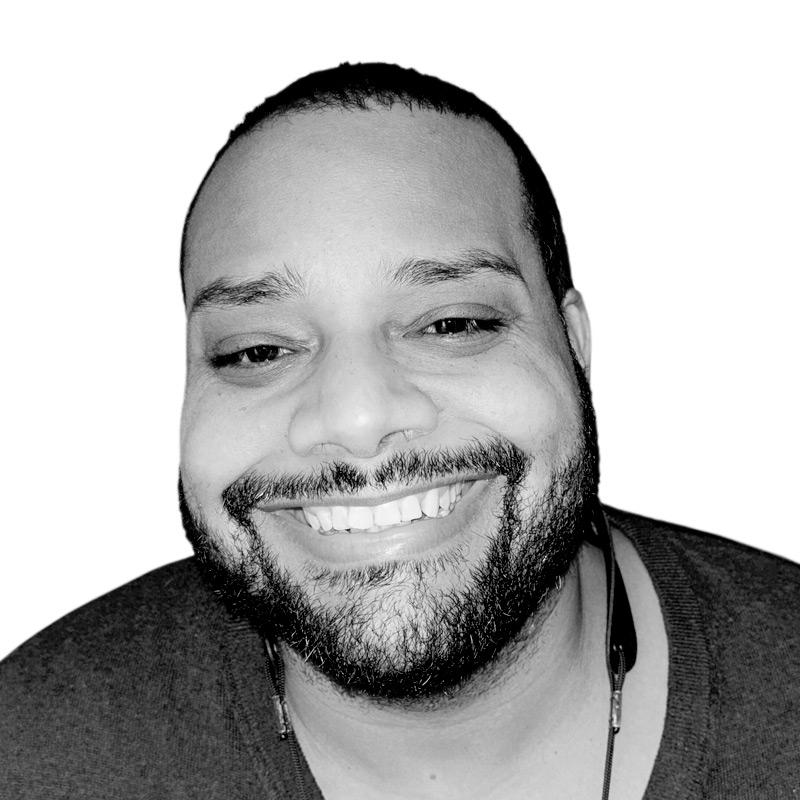
Last week, the national board of SAG-AFTRA—a labor union representing about 160,000 screen actors in Hollywood—went on strike against the Alliance of Motion Picture and Television Producers (AMPTP). On the picket line SAG-AFTRA now joins the WGA, which represents more than 20,000 writers in Hollywood and has been on strike since May 2. This is, on both fronts, a dispute largely concerned with industry-wide upheavals in staffing, workflow, and compensation as everything shifts from broadcast syndication to web streaming. But the negotiations are also concerned, in a very timely and peculiar twist on the contract terms, with artificial intelligence.
In May, the WGA publicized its stance on AI and scripts: “AI can’t write or rewrite literary material; can’t be used as source material; and MBA-covered material”—as in, works produced under the collective bargaining agreement that binds the unions and the studios—“can’t be used to train AI.” The AMPTP, which reportedly hadn’t prepared any proposals dealing with AI, rejected these terms and instead offered “annual meetings [with the union] to discuss advancements in technology.” This was, you’ll recall, only a couple months after OpenAI launched GPT-4, a spectacular breakthrough in the development of large language models. GPT-4’s arrival is cause for some urgent political reckoning with the imminent commercial applications of artificial intelligence in any number of fields, including the creative arts, which is to say: It’s a little too late for the relevant parties to be loosely spitballing the issue in three meetings over three years.
SAG-AFTRA found itself in a similar position as the WGA. Here, the AMPTP claims to have offered a “groundbreaking AI proposal” that would require actors’ consent to create AI replicas, plus a guaranteed minimum payment. The union, though, characterizes that payment as a one-time transaction that grants studios access “for the rest of eternity.” The second version of the story rather unflatteringly evokes a recent episode of Black Mirror.
Web streaming is still the big generational shift for Hollywood, but AI increasingly seems to be the second definitive issue in labor relations with studios in the 2020s. The International Alliance of Theatrical Stage Employees, representing more than 160,000 technicians and craftspeople in the entertainment industry, is similarly concerned about AI and scheduled to negotiate a new contract with the AMPTP next summer.
Notably, the unions haven’t exactly taken a doomer stance on artificial intelligence. The WGA dedicated a working group to develop the union’s stance on AI and came to a relatively nuanced consensus in favor of preserving the right to use it as a tool, but not a replacement, for writers. Duncan Crabtree-Ireland, the lead negotiator for SAG-AFTRA, has in several recent interviews stressed his union’s willingness to make the most of the relevant tech. “We’re not here to block AI,” Crabtree-Ireland told MSNBC, outlining the union’s stance on the use of digital replicas of background actors. There’s some conflicting characterizations here; the AMPTP says that’s more or less what they offered to SAG-AFTRA. In any case, it’s clear that the unions and the studios both see AI as yet another generational disruption for the entertainment industry. “All Hollywood strikes have been about technological change,” entertainment lawyer Jonathan Handel recently told Vulture. The latest change, in this case—the proliferation of AI—is still a highly ominous and ambiguous one.
Setting aside the commercial implications for a moment, there’s also, of course, the artistic aspect of this man vs. machine dynamic. Talking about the potential uses for AI as, say, script doctors, David Simon told NPR, “I’d rather put a gun in my mouth.”
I’m hardly so dire in my own outlook on AI in the creative arts. In fact, I’ve written somewhat optimistically about the potential for AI in music. It’s already nudged a few artists, such as Holly Herndon and Grimes, in some interesting directions even as the technology also clearly poses challenges—some commercial, some existential—for musicians and labels in general. I don’t mean to be naïve about the potential perils. There’s probably a hundred different ways the industry could use AI to screw musicians and consumers, sooner or later. But surely you can also imagine a few cool things you might do with AI. This is why “Heart on My Sleeve,” as rough as it was, blew up. This viral moment was somewhat demystifying and destigmatizing of a technology otherwise causing a lot of economic uncertainty and political trepidation.
Now look at movies and television. There’s much to fear and, at least as far as I can see, not much to celebrate. The ideal use case for AI in this context, I suppose, would incorporate AI into the larger suite of special effects, such as digital de-aging and deepfakes. It also could be a tool in writers rooms, as well as a high-tech alternative to market testing. It is, frankly, tough to get excited about any of that. It’s much easier for me (and also David Simon, clearly) to casually imagine AI mostly, obviously, inevitably being used as a tool for executives to undermine writers and actors. That’s not to say that the early professional guidelines for AI should be dictated by premature fears about emergent technology and dystopian endgames. But it is to say that the studios suffer for lacking any constructive messaging or captivating vision for AI in movies and television. The music industry is at least trying to keep pace with the tech and the narrative. The AMPTP is proposing “annual meetings.” Why wouldn’t the unions panic?
Hollywood is lurching from one technological crisis to the next: from the rise of streaming to the rise of AI. There’s no getting ahead of AI at this rate, and neither the unions nor the studios can be expected to have a perfectly perceptive long-term outlook on such dynamic technology. We’re all just guessing to some extent. But the guesses—and the very apparent fears—are instructive. The writers aren’t worried about artificial intelligence, per se. They’re anxious about the vision, or rather the apparent lack thereof. Even Simon, when pressed, concedes the potential usefulness of AI in a writer’s tool kit. “I regard it as no different than having a thesaurus or dictionary on his desk,” Simon told NPR. This is consistent with the view of Chat GPT as a far more intelligent and conversational successor to conventional (and already increasingly outmoded) search engines. That doesn’t sound too revolutionary, but it also doesn’t sound too bad. AI doesn’t have to mean a shitty script written for a streaming service by a chatbot. It could be a neat tool—or a crude wedge.

